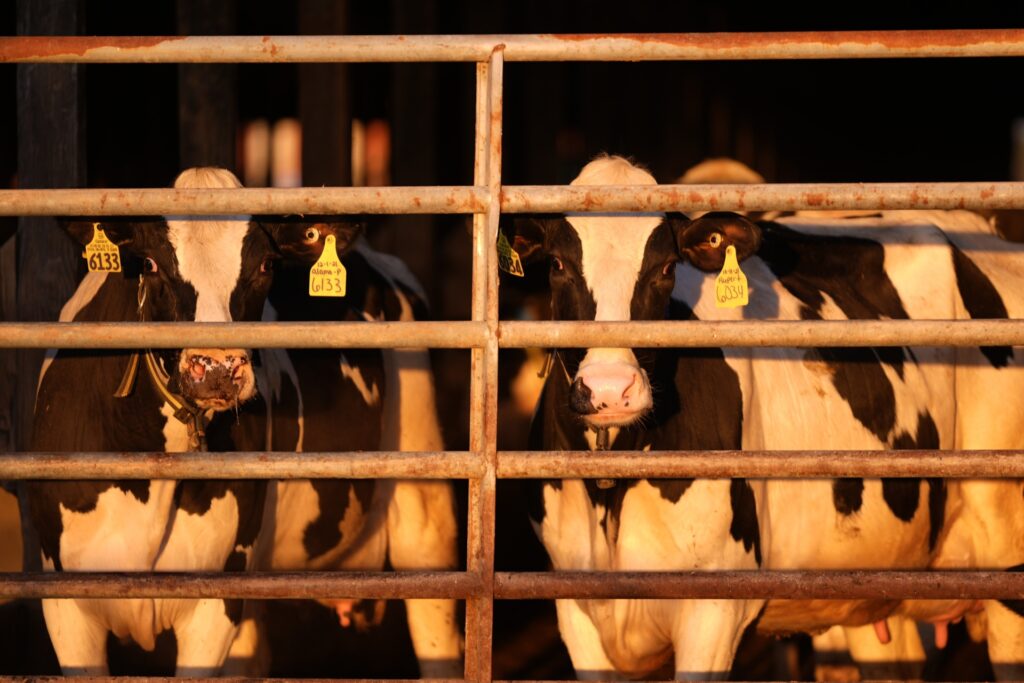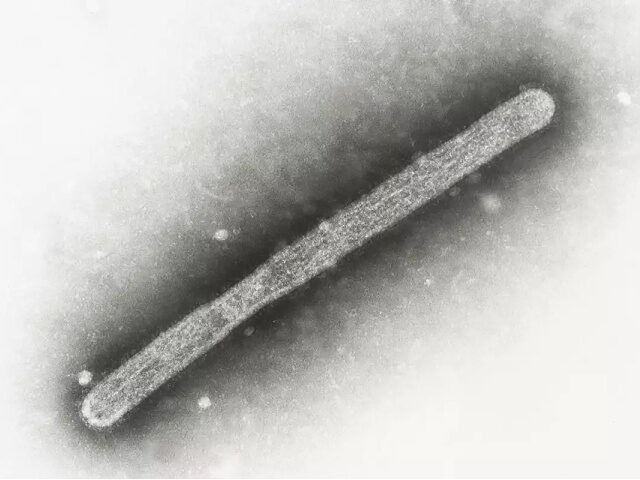The Centers for Disease Control and Prevention (CDC) revealed that a second dairy worker has been diagnosed with the bird flu.
A Michigan dairy worker became infected with H5N1, also known as bird flu, after being around livestock, such as cows, that were infected with the virus, according to a statement from the CDC.
This comes after another dairy worker who had been working on a farm in Texas experienced bleeding of the eyes after coming into contact with cows that were infected with bird flu, according to the New York Post.

Dairy cows stand together at a farm, Monday, April 1, 2024, in Clinton, Maine. Federal health and agriculture officials pledged new spending and other efforts Friday, May 10, 2024, to help track and contain an outbreak of bird flu in the nation’s dairy cows that has spread to more than 40 herds in nine states. (AP Photo/Robert F. Bukaty, File)
“A dairy worker who was being monitored because of their work exposure to H5N1-infected cattle reported symptoms to local health officials,” the CDC’s statement explained. “Two specimens were collected from the patient.”
After tests were conducted on the dairy worker, health officials ruled out the influenza virus when the results from a nasal test came back negative.
“The eye specimen was sent to CDC for testing because it is one of a few labs where those specimens can be used with the CDC A(H5) test,” the CDC’s statement continues. “The specimen was received by CDC and testing results confirmed A(H5) virus infection.”
A nasal test was conducted again and ruled to be negative for the influenza virus.
At first, health officials had claimed that the bird flu outbreak was not harmful to humans, however, now health officials are sounding the alarm that it could be more dangerous to the health of humans than officials previously believed.
The CDC recommends that people “avoid close, long, or unprotected exposures to sick or dead animals,” which includes cows, “wild birds, poultry” and “other domesticated birds,” according to the statement.
“People should also avoid unprotected exposures to animal poop, bedding (litter), unpasteurized (‘raw’) milk, or materials that have been touched by, or close to, birds or other animals with suspected or confirmed A(H5N1) virus,” the CDC adds.

COMMENTS
Please let us know if you're having issues with commenting.